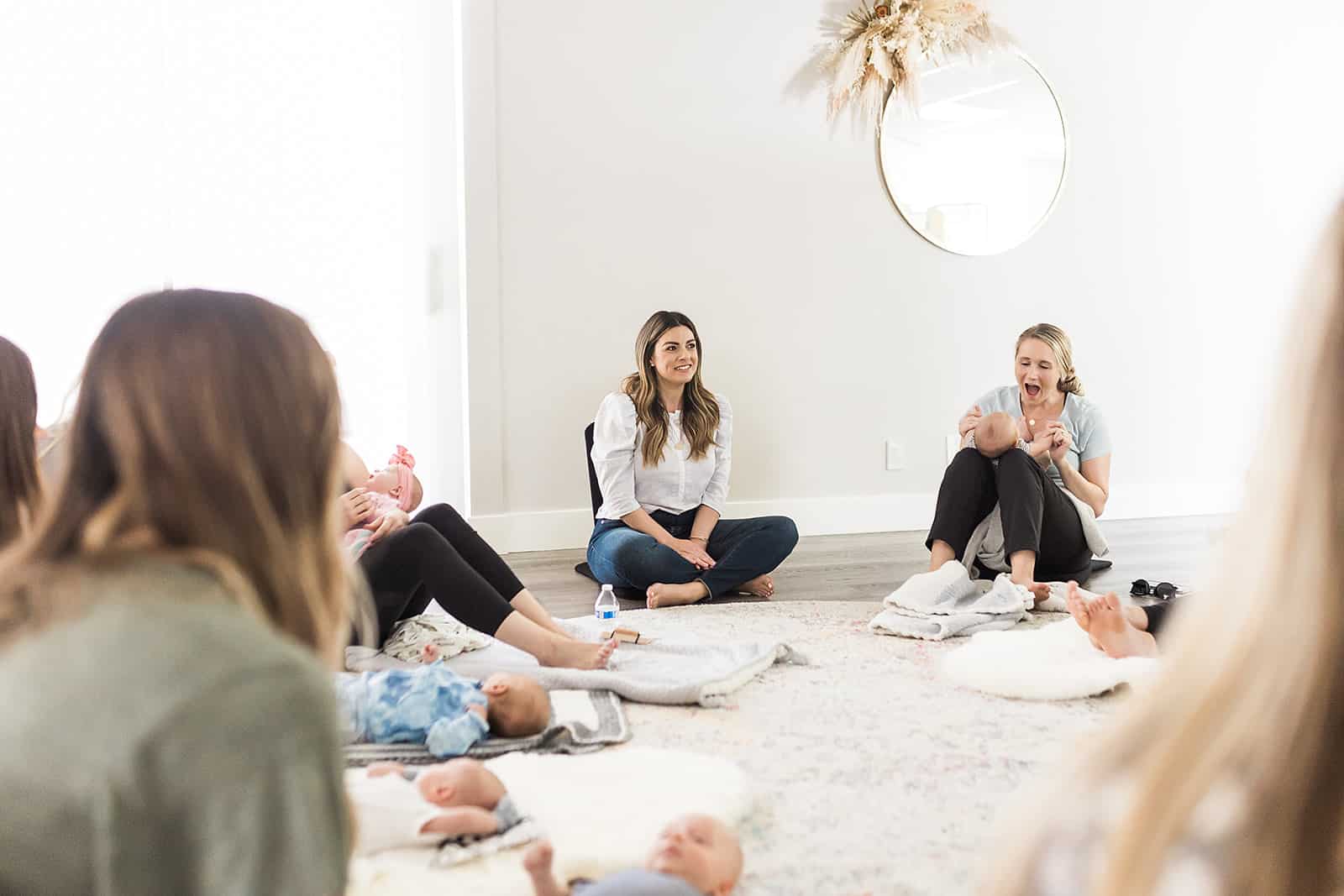Original article by: Positive Discipline. Link to article.
Question:
I feel challenged with my 3 ½ year old! He is very specific about things. If he gets something in his mind, it must be that way, or he cries, sometimes until he falls asleep (up to an hour of crying)! For example, if I walk off the sidewalk to get somewhere faster, I get a tantrum. If I flush the toilet, not him–tantrum. If I get a spoon for breakfast–tantrum. Even more is when he wants me to do something a specific way, like picking up his shoes; he will stand 2 inches from the shoes and cry for me to get them while I’m holding the baby, a bag and we’re standing in the rain! This is so frustrating because I know he can do it. Is it right for me to be strict and expect him to do these things (my way)? How do I get him to want to do it himself? Am I right in understanding the only ways to help calm tantrums are Sympathizing, Ignoring and Hugs? Ignoring and sympathizing cause a tantrum to last even longer. Hugs work, but what if I’m driving, do I pull over? And will they work every time? I know you can’t answer that, but what I mean is if you use hugs all the time, does the child catch on and think, “I know what she’s doing and it isn’t going to work this time? Or do they just love the extra love. Thank you for a new outlook to parenting. I am really excited to be a more loving mom-all the time, not just when we’re laughing. J
Answer:
Dear J, This is such a popular question that I have to wonder what is going on—not that tantrums haven’t always been a parenting challenge. I know that my seven children all wanted what they wanted when they wanted it. And, temper tantrums are normal, age typical challenges. It just seems to me that the persistence is stronger in children today. I have a hunch that it is because their persistence works. I keep wondering if parents are just a little too child centered these days. As you know, Positive Discipline teaches that children should be treated with dignity and respect, however parents may be going to extremes today. For example, it is sad when adults cause children to suffer. On the other hand, parents don’t allow their children to learn resiliency when they never “allow” children to suffer. There is a huge difference. When adults “cause” children to suffer, they impose punishments or guilt and shame. When they don’t “allow” children to suffer it is because they rescue, over-protect, or fix every problem. This robs children of developing their disappointment muscles. It robs them of learning that they can survive upset and end up feeling capable. Allowing children to suffer doesn’t mean to be mean. Parents can be very supportive when a child is suffering. They can Validate Feelings, “I can see this is very hard for you.” They can hold their child on their lap for comfort, without saying a word. They can Show Faith in the child to handle problems—even when it is difficult. They can allow children to have their feelings so they can feel that sense of capability when the work through it. Now, let’s see how this applies to your question. Here are some suggestions: Let him have his feelings without thinking you need to rescue him or make him change his feelings. This can be difficult, but it will show in your energy even if you don’t do anything. Validate his feelings. “I know you really wanted to flush the toilet. I’m sorry. Then allow him to have his feelings.” One of my favorite Positive Discipline tools is Hugs! If he is willing, just give him a hug. The purpose is not to take away his feelings, but to give support as long as he needs it. Listen to a podcast on this theme The Power of a Hug. Use your sense of humor. “Eeeeeek. I made a huge mistake when I flushed the toilet.” He may be old enough to create his own Positive Time-Out (which is nothing like the naughty chair). You can also create a positive time out plan for yourself and let him know in advance when you will use it. “I’m so sorry. I need a hug. Come find me when you are ready.” Then leave. A very important Positive Discipline theme is “Connection Before Correction”. There is so much research that shows that we can’t really influence children is a positive way until we create a connection with them. Punishment does not create a connection, nor do lectures, nagging, scolding, blaming or shaming. So what does? Before sharing effective way to create a connection with children, I want to point out that it is a mistake to think that giving children whatever they want is a good way to make a connection. Rescuing, fixing, and over-protecting are not good ways to make a connection. Effective connections are made when both child and adult feel belonging and significance–even though it is the adult who takes the first step. Some of these steps to connection have already been mentioned in the suggestions above. I’ll repeat them here for this context:
- Listening. Really listening—giving a child your full attention
- Validating feelings.
- Sharing your feelings when appropriate. Remember that children will listen to you AFTER they feel listened to.
- Focusing on solutions WITH children after a cooling off period.
- Taking time for respectful training during calm times.
- Asking curiosity questions to help children explore the consequences of their choices instead of imposing consequences on them.
- Teaching valuable life skills that help children feel capable. Just one example is helping them create their own positive time out space and creating routine charts with them, not for them.
- Having faith in children to handle their own problems. (Offering support through validating feelings or just giving a hug, but not rescuing or fixing.)
- Spending special time with children.
- Hugs.
Now to discuss correction. It is interesting to note that all of the tools for connection often create correction without doing anything else. When more is required it is important to understand that correction the Positive Discipline way is very different from conventional correction. The biggest difference is that conventional correction usually involves punishment (punitive time-out, grounding, and taking away privileges being the most common). In other words, conventional correction consists of adults doing something TO children. Positive Discipline correction consists of the many tools that respectfully involve children whenever possible. In other words, they are things adults do WITH children, not TO or FOR children. Other methods for correction that “involve” children, to name just a two, are family and class meetings and joint problem-solving. These are very powerful tools that respectfully involve children to learn and use their personal power in contributing ways. As you learn about the many Positive Discipline tools, notice that they are all designed to create a connection before respectful correction.


